October 30, 2018
Safety, Culture & Business Risk: What’s the Connection?
When Dr. Thomas Krause and Kristen Bell wrote 7 Insights into Safety Leadership, we were explicitly writing about personal safety within the workplace. We recognized that the insights would apply very well to other types of risks, but we did not focus on those applications directly. We didn’t treat the broad topic of business risk at all. Yet every one of our clients is in the risk management business, and from time to time they ask about our view on the connection between safety and business risk.
Not Interchangeable
Let’s be clear: One cannot replace “personal safety” with “business safety” in our book and end up with the same thing. That’s because personal safety is personal. We believe that leading an organization with a deeply held value for people makes everything else possible. Leaving out personal safety compromises everything else.
There are still strong and compelling connections between safety and business risk. One connection is fairly obvious: People who are engaged in safety get better at identifying and managing risk generally. For example, a supervisor learns to recognize when something “isn’t right” and to respond by evaluating the situation instead of blindly forging ahead. Fostering this kind of conscious awareness is good for all kinds of risks — Environmental, health, operational, financial, legal, etc. Rex Tillerson, former CEO of ExxonMobil, used to say, “Everyone is a risk manager.” We agree. Every person in your business can build risk management skills when you engage them in personal safety improvement.
Culture is Key
A second connection is less obvious, but immensely powerful. It is culture. Through 25 years of helping organizations improve safety performance, we have come to appreciate the central role that safety plays in creating the optimal business culture.

Consider this simple diagram that shows how safety improvement transforms organizations. When leaders improve safety in a way that that engages every employee in ongoing risk identification and reduction, they reduce risk and create a culture capable of sustaining that improvement. The benefits of that culture extend to many other aspects of the business.
This means that your business risk shrinks when you approach personal safety improvement in the right way. By business risk, we mean the probability and severity of a catastrophic incident. We also mean the risk of operational disruption. You’ll keep the machines running if people proactively and effectively identify and solve problems BEFORE they occur. We include HR risks. You’re more likely to retain top talent when people feel safe, respected, and valued. We’re talking about the risk of losing competitive advantage. Your company will be more agile if leaders have the trust of employees.
What This Means for You
If you truly understand these connections between risk, engagement, culture, and performance, you will want to ensure that safety improvement is part of your business strategy. Have a clear-cut document that lays out the specific, concrete, measured safety objectives for the upcoming year(s). Such a strategy is important because it focuses the energy, resources, and time of everyone in the organization. It should answer the question, “What kind of safety leadership, engagement, and culture do we need manage risk across our business?” And finally, it matters how you create the strategy. If you engage leaders in the right way, they will understand why safety improvement is so vital to the business. Having been part of the process to create it, they will understand more about what it will take to actually make it happen.
Read more articles about organizational improvement and the connection to safety culture or Tom‘s book, If Your Culture Could Talk: A Story About Culture Change.
Search for articles
Share this post:


